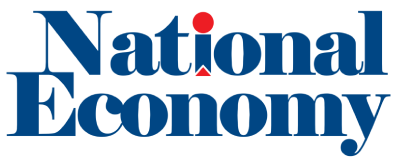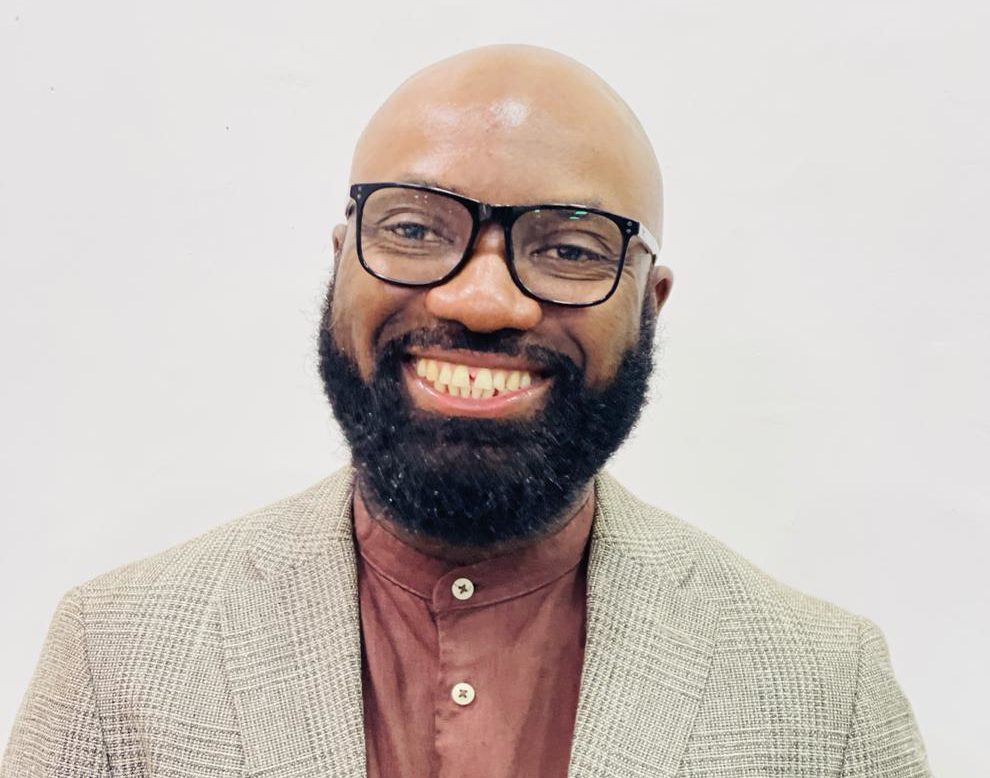As a centenarian brand with presence in over 192 countries of the world, how has the brand sustained its market relevance and equity in the Nigerian lager beer market?
Basically, I think Heineken sets itself a very high standard and so it starts right from the product level. The ingredients for beer, we use the highest quality ingredients across board and the process is very standardized. It is set up from the centre. So, it is controlled centrally from Amsterdam. The quality standard is really very high.
For a brewery to qualify to brew Heineken anywhere in the world, it has to go through a very rigorous process. We have eight breweries in Nigeria and Heineken is produced not in everyone. That is just to give you an example. That means that the quality expected to produce Heineken is high. That is what has been set up as a standard globally. Every brew of Heineken has to be approved in Amsterdam before it goes out to the market. There are lots of quality checks and that’s why even if the demand for Heineken is very high, we cannot produce it too much. We can’t rush the process. It has to go through a certain number of days; the ingredients have to be of certain quality and the brewery that produces it has to be of a certain quality and also the brewers have to be master brewers. So, it is the highest-level beer you can make; that’s what Heineken is. If that standard is set globally and the market complies with it, then the result is what you’re seeing. You can hardly have Heineken having any quality complaint anywhere all over the world. That has been the major success factor. It is the first child of the company and it is treated as such.
Heineken has continued to evolve overtime with new innovations, how will you describe the market response to Heineken’s 33cl sleek and impact on the brand equity?
It is not a regular pack type for beer in Nigeria because if you have noticed, energy drinks are known for sleek cans most times; and then recently soft drinks. As such, it is not what we will call the regular pack type for beer; and so going into it, we were very skeptical. But then, I think what we call a winning design led to something I will call a winning proposition.
The response for it has been very positive. It is now contributing a significant portion of the Heineken volume already. I will be honest to say that we were pleasantly surprised that it worked out the way it is working out currently and it has been such a big discovery for us; and we intend to keep it that way.
Basically speaking, in Nigeria, beer consumers like large volume hence the 33cl; you will think it’s small but not for a premium brand like Heineken. The design of the can and the look of it the consumers have accepted and will want to be seen with it. It has been a prominent feature at parties and events; and so it has been great.
A prominent feature on the Heineken’s sleek can is the UEFA Champions League trophy. Would you describe this as a strategic way to appeal to your sports fans alone or part of the partnership deal?
The trophy was used last year and I think we plan to bring it back again. We have been sponsoring the Champions League for many years and I think it is just to bring that association to the consumers at first hand level. That is why we put the branding on it. It is not a permanent fixture; so we put it there for a month at the peak of a Champions League season; and they will take it out again. So, basically it is a way of driving our association with the platform because, of course, if you know Nigeria very well, football, generally speaking, is one of the biggest passion points for our consumers and the Champions League is the highest level of football that we can have on an annual basis.
Of course, you have the World Cup that comes once in four years. But on the yearly basis, this is the highest level of football and it has delivered a lot for the Heineken brand and we are proud to be associated with the platform. In the advert you see on outdoor, on billboards, TV, digital, radio, this is also a way of driving that partnership. It is a way of driving the association with the Champions League.
With changing consumer behaviour exacerbated by the global pandemic, Is the sleek can achieving its set goal of creating new associations with football and develop among sport enthusiasts?
Yes, it is exceeding all expectations. If you noticed, the regular Heineken is in a 60cl bottle. It is drunk mostly on premise and so here you have a pack type that people can buy and travel with; take to the beach; have parties without bothering about deposits; and with the increase in food consumption due to COVID and people staying more at home, the pack type just came at the right point in time.
So, I will not say it is meeting its objectives; rather, I will say it is exceeding all our expectations and it is currently one of a major contributor to the Heineken volume. The interesting thing there is the main Heineken bottle, the existing pack type, the volume did not drop. It means this is driving penetration for the Heineken brand and getting us more users.
What informed the “Never Watching Alone” campaign which launched during the COVID-19 pandemic despite that fact that precautionary restrictions had hindered public viewing of the UEFA Champions League matches?
It is a way of fighting back against COVID; to also say that yes COVID is a threat to all of us. Some months ago, we couldn’t sit together but life goes on. It is our acknowledgement that the pandemic has really brought a lot of restrictions on people but that does not mean it is the end of the world. So, it is a positive message to tell people that even though you are not able to go out there, you can still have as much fun watching on your own, connected to people virtually or however without you necessarily being in the stadium and the experience can still be the same. For different people, the reality would differ but at the end of the day, the important aspect of the Champions League is experienced on the pitch and we were able to still see that after all the delays. So you don’t have to go out to watch as you used to watch, just know that different people are doing the same thing you are doing and that connection still remains even if it is not physical.
Who were you target audience for “When You Drive Never Drink” campaign, which focuses on the root causes of drink driving?
The statistics in Nigeria, I am not so sure of it, but I don’t think Nigerians have a problem like everybody is crying that drink driving is causing anything; but it is just us being a responsible corporate citizen to encourage people because at the end of the day, we sell a product that can get you drunk if you drink it too much and it exposes you to danger. You might think it is simple and everyone knows this, it is good to remind people. So, that basically is a reminder to all beer drinkers that we love you to drink our beer, it is a fantastic beer but keep it to a limit and when you drink, don’t risk people’s lives by going into a car to drive because driving, if you look at the global survey, is something that is a problem when people drink and they drive. As such, that campaign is targeting everybody that drinks and has the opportunity or option of driving. We portray that in different commercials to let people know that when you drink, it is either you get a designated driver who does not drink or you find alternative way to go home and to keep people safe.
As a company that advocates for responsible drinking, how much of Heineken’s media spend goes into promoting responsible drinking across all operating companies?
We have a global mandate and I don’t think it is a secret that it is 10% of our media. So one out of every 10 Naira spent in media has to go into this campaign. There is no regulatory or government regulation on this. This is just us, being a corporate citizen, to say we take 10% spend of our media on promoting this, then we are doing a good job educating people and reminding them that they should stay safe.
Heineken as a brand with strong ties with sporting events became one of the first global brands to invest in the Lagos Fashion and Design Week. Could you elaborate on what informed this transition and the success so far?
The Fashion and Design Week is a way of broadening the reach of the Heineken brand because, if you look at a lot of our sponsorships, like Formula One, Euro, Bonds, movies are a lot more masculine than feminine.
Again, fashion in Nigeria is a platform that attracts a broad audience but it indexes a lot in females and also very young people. If you add that to the football audience, you will see how we are trying to reach a broader set of consumers, first-hand through their passion- points; because, all we do is ignite consumer passion, and anything that ignites their passions is something we are interested in. We are meeting the consumers at their passion points, the same way we are meeting a huge part of our consumers with football.
Fashion is also relevant because it is cool, trendy, young and it is something that Nigeria is really accelerating. There is also another side to it, which is our own way of contributing to the development of the art, because, if you look at what is happening there over 10 years; it is amazing, the kind of talents we have here in Nigeria and the platform has given opportunity to a lot of designers to showcase themselves and give them the opportunity to be known, not just in Nigeria but even beyond our shores. There are two things we are doing there: we are reaching our consumers and we are also making a little bit of contribution to the art.
In terms of expansion, which other key markets have you extended the fashion programme to?
For us in Nigeria, in everything we do, we focus on Nigeria alone. There was a time, a few years ago, when they brought some finalists from East Africa here; there was a kind of partnership that was a kind of association. For us here, our target is the Nigerian market and any other market that takes up this platform is really doing it on their own. But the fashion platform is a Nigerian initiative, because of how relevant it is to Nigerians. We look at how many fashion week shows we have in Nigeria and it is growing in quality to the amount of investment. It is something that we intend to continue with.





